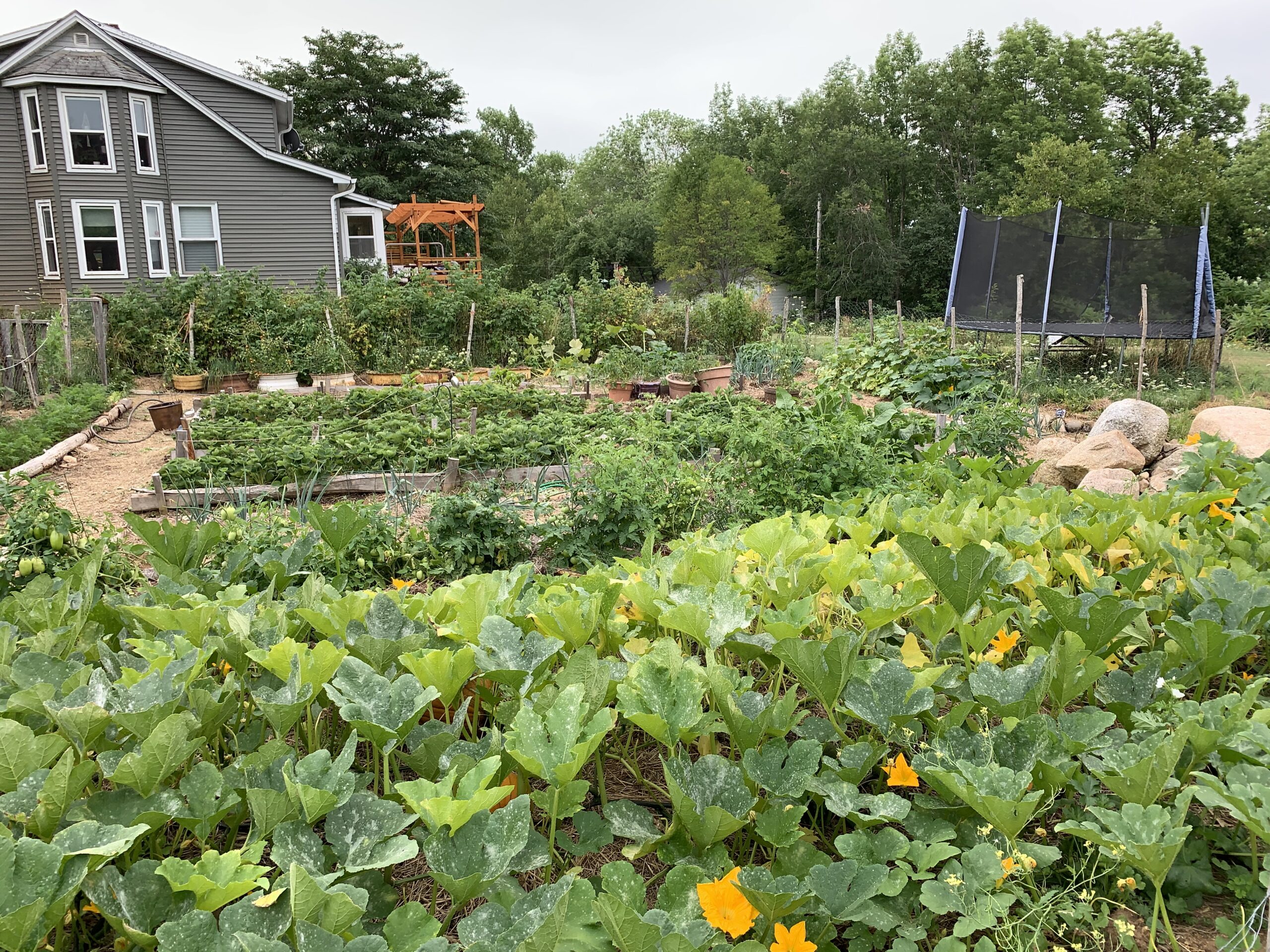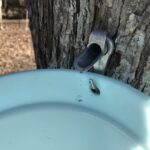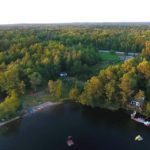As a REALTOR® who specializes in the South Shore and Annapolis Valley area, arguably two of the prettiest places in the province, I’m often asked which area is better for someone wanting to buy land and build a hobby farm. The answer – it depends!
The Valley and the South Shore are two distinct regions, each with its own unique charm and characteristics. While both areas boast fertile soil and temperate climates, their microclimates and geographic features create diverse gardening conditions that offer gardeners both opportunities and challenges.
The Annapolis Valley: A Garden Oasis
Nestled between two mountain ranges, the Annapolis Valley is often referred to as the “breadbasket of Nova Scotia” for its fertile farmland and abundant agricultural output. Its microclimate benefits from the warming effect of the Bay of Fundy, creating milder winters and extended growing seasons. These favorable conditions make the Annapolis Valley a haven for a wide range of crops and gardens.
Climate: The Annapolis Valley experiences a maritime climate with mild, wet winters and warm summers. The moderating influence of the bay helps protect plants from extreme temperature fluctuations, allowing for early spring planting and a longer growing season.
Soil Quality: The valley’s soil is predominantly fertile and well-drained, offering ideal conditions for a variety of crops and gardens. Rich in nutrients and organic matter, the soil supports vigorous plant growth and yields abundant harvests.
Crop Diversity: From vineyards and orchards to vegetable gardens and flower farms, the Annapolis Valley boasts a diverse array of agricultural ventures. Fruit trees, such as apples, cherries, and peaches, thrive in the region’s temperate climate, while vineyards produce award-winning wines.
The South Shore: Coastal Gardening
Stretching along the Atlantic coast, Nova Scotia’s South Shore offers a contrasting gardening experience shaped by its maritime influences and rugged coastline. While characterized by cooler temperatures and shorter growing seasons compared to the Annapolis Valley, the region’s coastal beauty and unique microclimates present their own rewards for gardening enthusiasts. The closer you are to the coast, the more likely you’ll experience cool, foggy days over the bright sunshine of the Valley.
Climate: The South Shore experiences a cooler maritime climate with brisk sea breezes and higher humidity levels. Winters tend to be colder than in the Annapolis Valley, with shorter frost-free periods and a narrower window for gardening activities. Coastal gardening comes with its own set of challenges, including salt spray, strong winds, and soil erosion. Windbreaks and protective barriers can help mitigate these effects, while careful plant selection and site preparation are essential for success.
Soil Quality: Coastal soils in the South Shore can vary widely, ranging from sandy to loamy compositions. While sandy soils offer good drainage, they may require additional amendments to improve fertility and water retention. Organic matter from coastal vegetation contributes to soil health and structure.
Comparing the Two Regions
There’s no doubt that there are far more small, medium, and large-scale agricultural operations in the Valley than there are on the South Shore. This can mean more competition if you’re selling your produce, but it can also mean less opportunity to network with other farmers and build community. The Valley has more garden centres (here’s my top five), but the South Shore has a few very nice garden centres too.
There are plenty of homesteaders happily growing lovely gardens on the South Shore. Yonder Hills Farms is one of my favourites. Plus, land is often a little less expensive for similar properties, and the South Shore has truly spectacular sandy beaches not found in the Valley.
If you’d like to explore some of the communities in the Annapolis Valley, check out my YouTube channel, my Move to the Annapolis Valley website, or set up your custom search so you’ll receive email updates when properties are listed that meet your criteria.
Additional Resources for Hobby Farmers
THINKFARM provides introductory-level resources for starting a farm in Nova Scotia. This website has information on defining your farm vision, business planning, and regulations which apply to new farm businesses. It is a good starting point before accessing advisory services from the Department of Agriculture regional offices.
Perennia Food and Agriculture Corporation is a provincial development agency with the mission to support growth, transformation, and economic development in Nova Scotia’s agriculture, seafood, and food and beverage sectors. We are Nova Scotia’s only technical development agency focused solely on our food sector and maximizing its value.
Guide for BEGINNING FARMERS in Nova Scotia
Nova Scotia Plant Hardiness Zone Map
Grow Southwest Nova Scotia



